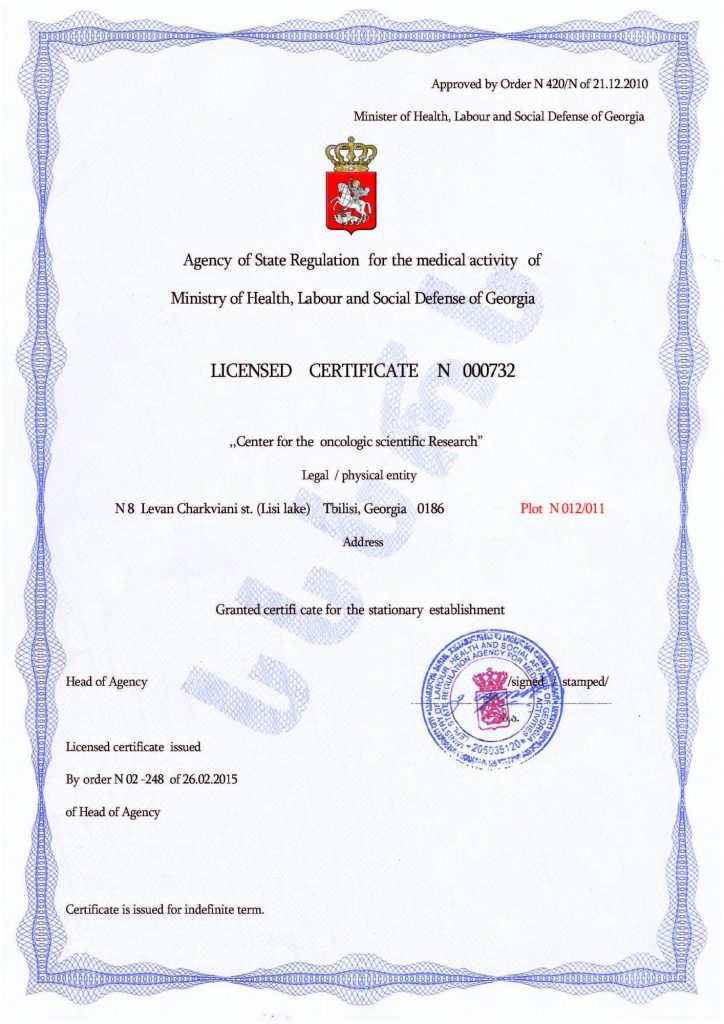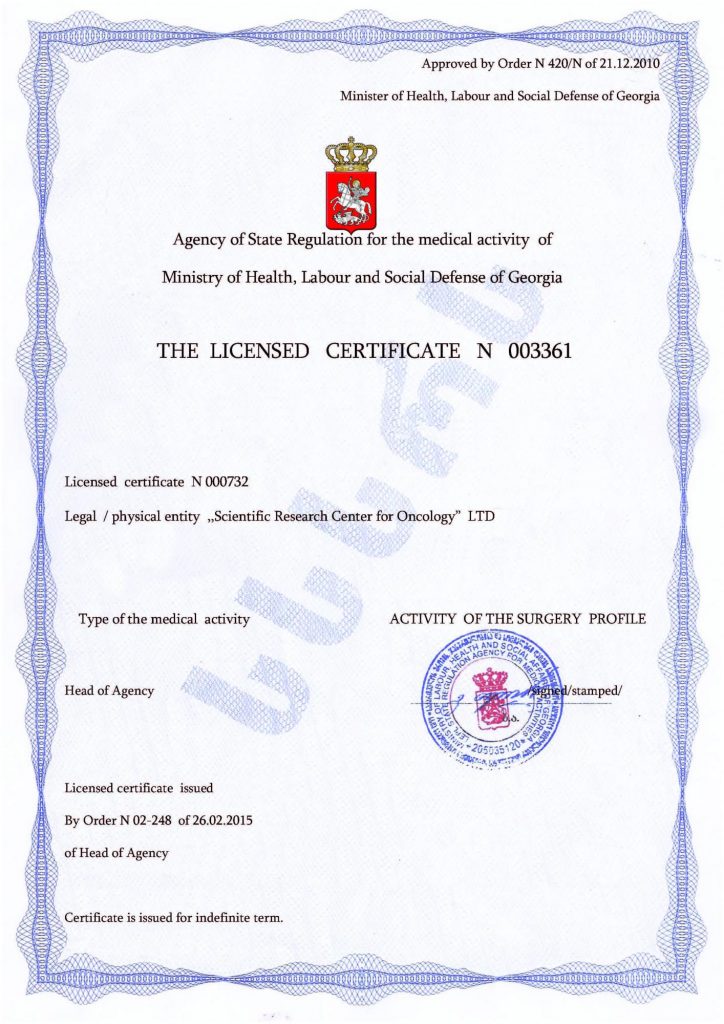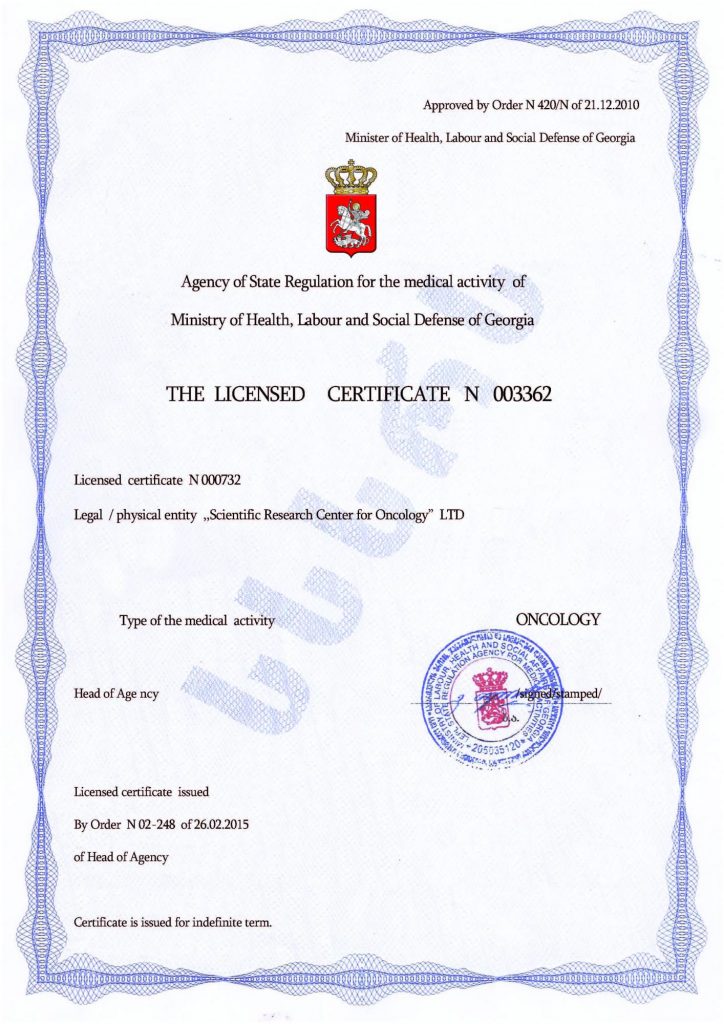Asperger’s Syndrome and Autism – They Are Not the Same
Asperger’s syndrome is a type of autism but significantly differs in specific characteristics. Autism, whether in mild or severe forms, is marked by impaired social communication and cognitive functions to varying degrees. In Asperger’s syndrome, speech and thinking remain intact, but social interaction, both verbal and non-verbal communication, and behavioral traits are notably affected.
Early diagnosis can be challenging, as it is often accompanied by attention deficit hyperactivity disorder (ADHD), depression, and bipolar disorder. For this reason, Asperger’s syndrome may be diagnosed later in life, or it may even be misdiagnosed. There are various subtypes of Asperger’s syndrome, including:
• Rett Syndrome
• Childhood Disintegrative Disorder
• Pervasive Developmental Disorder
• Autistic Disorder
Causes of Asperger’s Syndrome Development
Unlike classic autism, Asperger’s syndrome has a specific etiology. Children diagnosed with Asperger’s syndrome show mutations in the GABRB3 gene. Additionally, MRI scans of the brain often reveal specific changes in the frontal lobe, cerebellum, hippocampus, and amygdala. Causes of Asperger’s syndrome in children include:
• Premature birth
• Low birth weight
• Hypoxia
• Exposure to toxic drugs and chemicals during pregnancy
• Advanced parental age
• Other abnormalities
Symptoms of the Disorder in Children and Adults
Asperger’s syndrome is often diagnosed with a significant delay, which can substantially reduce the child’s quality of life and development. Some of the most recognized symptoms in children include:
• Difficulty socializing: Establishing new relationships and interacting with other children, difficulties understanding and using non-verbal communication, gestures, tone of voice, and a lack of interest in group play.
• Repetition, narrow range of interests: Intense focus on specific topics, objects, or phenomena, sometimes bordering on fanaticism. Repetitive actions, movements, and words. A tendency towards rituals and routines.
• Mental processing characteristics: Monotone speech, difficulty understanding sarcasm or irony, and a tendency to talk about the same topics repeatedly.
• Motor issues: Some children with Asperger’s syndrome may be clumsy and have a prolonged delay in fine motor skills development, such as not being able to hold a spoon, write with a pen, or button a shirt.
• Sensory hypersensitivity: An intense reaction to certain sounds, textures, smells, tastes, or temperatures.
Forecasting Adult Life with Asperger’s Syndrome
Since this diagnosis is rarely made at a young age or is misinterpreted as autism, people with Asperger’s syndrome will face significant challenges in social adaptation in the future. Behavioral traits of people with Asperger’s syndrome include:
• Inappropriate comments, out of context in conversations or situations.
• Unacceptable public behavior (e.g., public undressing, masturbation, etc.).
• Obsessive ideas, fears, and fetishes.
• Excessive bluntness in group communication.
All of this leads to social isolation, difficulties in communication, and the development of depression and anxiety disorders.
Stem Cell Therapy for Asperger’s Syndrome Correction
Stem cell transplantation for autism, ASD, and Asperger’s syndrome significantly improves behavior and social life. The earlier the diagnosis of Asperger’s syndrome, the sooner corrective therapy should begin. In addition to their negative traits, children with Asperger’s syndrome often possess perseverance, focus, and logical thinking. These children can develop their natural potential and correct negative behaviors with the help of treatment at the Mardaleishvili Medical Center in Georgia.
Learn more about stem cell transplantation for Asperger’s syndrome!
Autism Treatment Center Videos
Autism treatment with own stem cells
Cord blood association congress
International Quality Crown
Autism Treatment Reviews
Autism treatment with own stem cells
The story of Alessandro (6 years old)
Autism Patient Testimonial - Stem Cell Treatment
Clients Testimonials

Review by Anastasia, mother of Yusup (8 years old) Read More

Feedback from Nathalie, mother of Andre (9 years old) Read More

Feedback from Yulia, mother of Emily (7 years old) Read More

Feedback by Everita, Katrina’s mother (5 years old) Read More

Feedback from Igor, David’s father (12 years old) Read More












